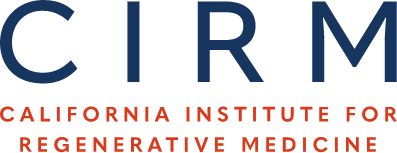Evaluation of Safety and Preliminary Efficacy of Escalating Doses of GRNOPC1 in Subacute Spinal Cord Injury
Geron carried out a Phase 1 clinical trial to assess the safety and preliminary activity of escalating doses of human embryonic stem cell (hESC) derived oligodendrocyte progenitor cells for treatment…



